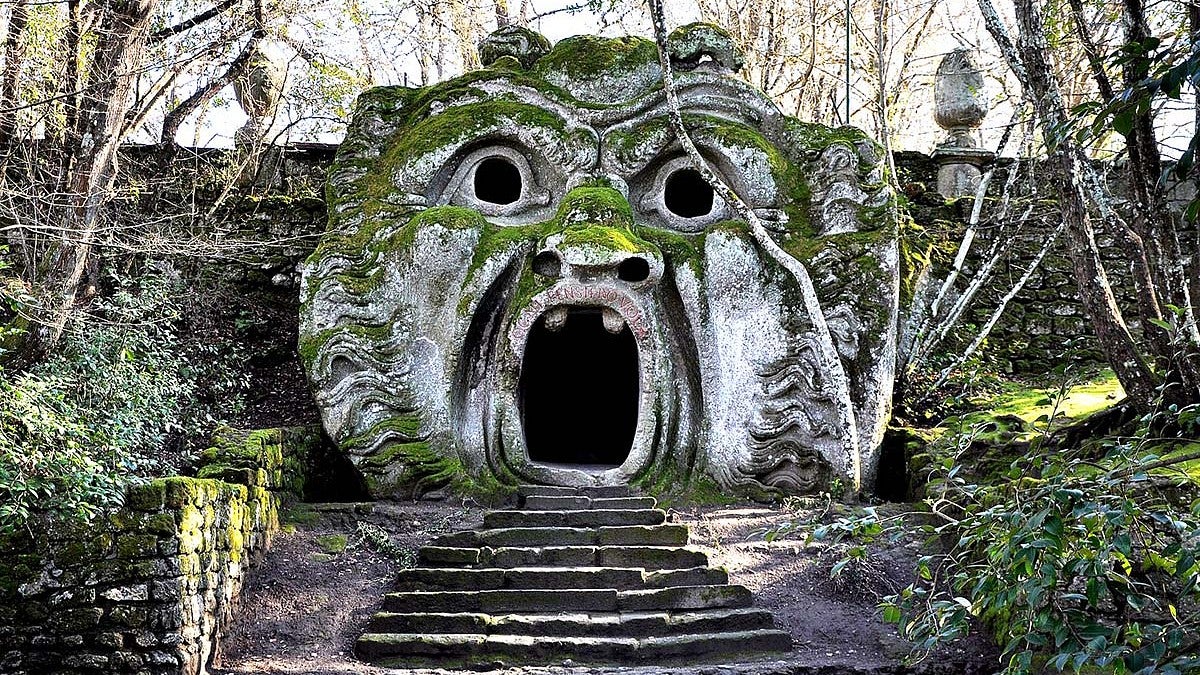
Morning Glory Ritchie in her internship at the Springfield History Museum
Morning Glory Ritchie grew up in Eugene, and after searching far and wide for art and architectural history programs, she found the best fit was right in her backyard in the Department of the History of Art and Architecture (HAA) at the College of Design. Not only is Ritchie pursuing a BA in Art History (class of 2022), she is also pursuing a BFA in Art and a minor in classics as a PathwayOregon student who entered the Clark Honors College in fall 2020. Ritchie is the recipient of the Gloria Tovar Lee Scholarship for the Most Promising Student in Art History and the Joe and Alona Fischer Scholarship for Summer Studies. She currently interns at the Springfield History Museum.
Helping solidify her path to art history, Ritchie had a life-changing experience with architecture when she did a high school exchange program to Nepal and visited Kathmandu Durbar Square.
“In the square I was surrounded by breathtaking architecture, overwhelming music, and a local Nepalese artist who sold me some of his own drawings and told me how glad he was that the architecture in the square survived not only the ages, but the earthquake, describing the history of it, his beliefs, and its importance to his culture,” Ritchie said.
Why did you decide to focus on the Baroque and Renaissance periods?
In terms of an area of focus in art, I am primarily interested in Italian baroque sculpture as well as late Renaissance Villa gardens. The shift to baroque art is monumental in the history of European Art in terms of movement and theatricality. One of my favorite artistic examples is the Villa Barmazo in Italy where there is a garden filled with mythic monsters, thus displaying the tortured soul of the patron.

The gardens at Villa Barmazo in Italy
Why would you recommend studying art history to a prospective student?
Art history is an important subject, and I recommend every student should consider exploring it at some point in their academic career. Art history is so important because one can learn so much about an entire civilization by looking at a singular artifact. Not only can we say what happened in a period in history, but we can also examine how the culture felt and reacted to a given event.
What does earning the Gloria Tovar Lee scholarship mean to you?
Being awarded this scholarship for the most promising undergraduate in art history is a moment I will always treasure. I felt encouraged and honored. I have had struggles with communication ever since I was a child, but I found that the study of art history helped me better understand others. I plan to use the scholarship for tuition and fees as I embark on my third year at the University of Oregon.
I am very excited about my third year because I know I have a long way to go, so much more to learn, many new perspectives to consider, and art I have never seen. Winning the Gloria Tovar Lee scholarship means so much to me because I plan to pursue a lifelong career in art history.
What is it like interning for the Springfield History Museum?
I have interned at the Springfield Museum since June and am still continuing throughout this school year. I love spending time there because the museum is putting together new exciting exhibitions since the COVID-19 shutdown. I intern under the wonderful curator Maddi McGraw, and she has taught me so much about what goes on behind the scenes in Museum exhibitions and artifact conservation. I help with various tasks, including organizing the photograph collection, entering them into the museum database, and making sure they are safely stored.

